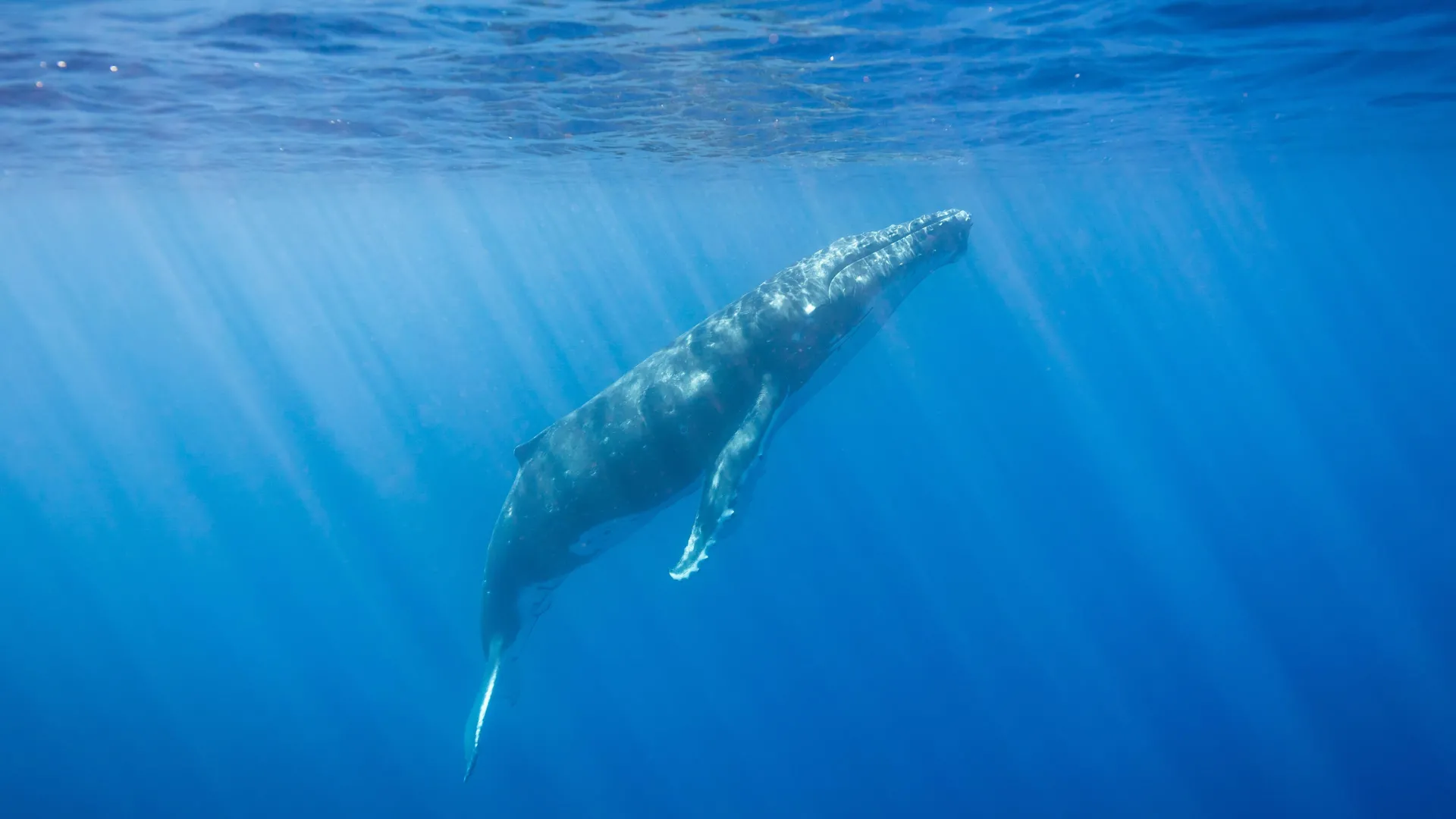A record-breaking marine heatwave reveals how climate change could rewrite the rules of life in the ocean.
New research from the University of Victoria (UVic) highlights how marine heatwaves can dramatically impact marine ecosystems and offers a stark preview of how future ocean warming will reshape ocean life.
From 2014 to 2016, the Pacific coast of North America experienced the longest marine heatwave ever recorded, with temperatures reaching two to six degrees above historical averages over a prolonged period. Researchers from UVic’s Baum Lab have compiled a comprehensive overview of the heatwave’s ecological impacts, reviewing the findings from 331 primary studies and governmental reports.
“The marine heatwave resulted in unprecedented ecological disturbance across thousands of kilometers of North America’s west coast,” says Samuel Starko, lead author and former UVic postdoctoral fellow. “Our comprehensive synthesis of the ecological impacts of the heatwave helps us to better understand its overall impacts and how these fit into the broader context of other marine heatwaves.”
According to the research, 240 different species were found outside of their typical geographic range during the heatwave, with many of them found further north than ever before. Several species, such as the northern right whale dolphin and the sea slug Placida cremoniana, were found over 1,000 kilometers north of their typical habitat.
The heatwave caused widespread kelp and seagrass declines and many kelp forests collapsed. Species from sea stars to seabirds died on unprecedented scales and unusual mortality events were observed in several species of marine mammal. A key rocky shore predator, Pycnopodia helianthoides, came close to extinction.
Many of the impacts of the heatwave were cascading, with direct impacts on some species driving complex dynamics that affected everything from plankton to whales. Temperature-linked diseases, such as sea star wasting disease, contributed to ecosystem collapse. The reduced abundance and nutritional quality of forage fish caused problems for predators. Plankton communities reorganized and offshore oceanographic productivity was altered.
The heatwave had economic costs as well. The closure of multiple fisheries, driven by changes in species interactions, disease proliferation and habitat loss, caused hundreds of millions of dollars in losses.
“As heatwaves become more frequent and intense under climate change, the 2014-16 Northeast Pacific marine heatwave provides a critical example of how climate change is impacting ocean life, and how our future oceans may look,” says Julia Baum, UVic marine ecologist and special advisor, climate. “This study underscores the urgent need for proactive, ecosystem-based marine conservation strategies and climate change mitigation measures.”
The research, published in Oceanography and Marine Biology: An Annual Review, is supported by funding from the Natural Science and Engineering Research Council of Canada, Mitacs, Oceans North, Fisheries and Oceans Canada and the Forrest Research Foundation.
Research in the Baum Lab supports the United Nations Sustainable Development Goals (SDGs) No. 11 (life below water) and No. 13 (climate action). Learn more about the SDGs at UVic.
